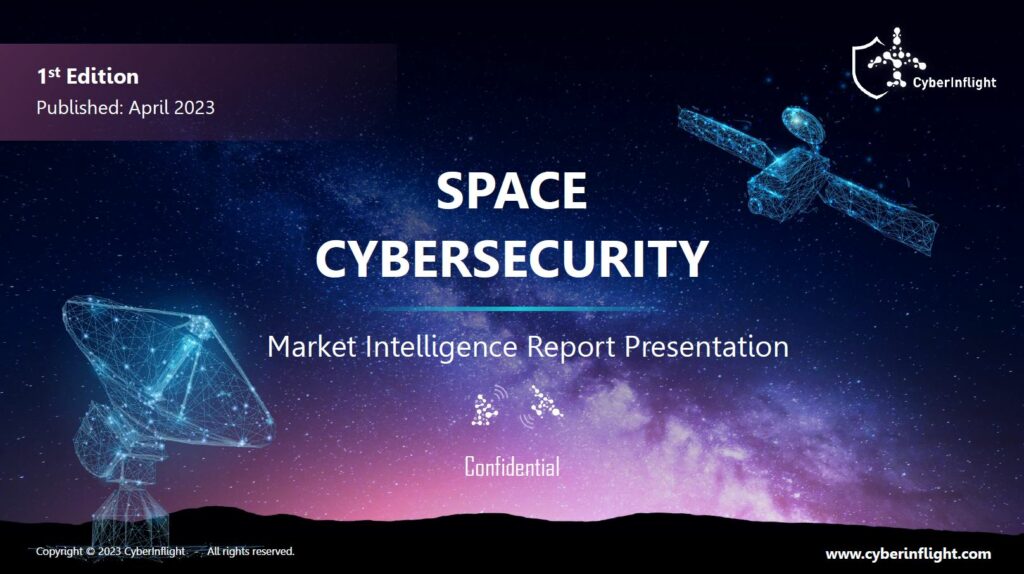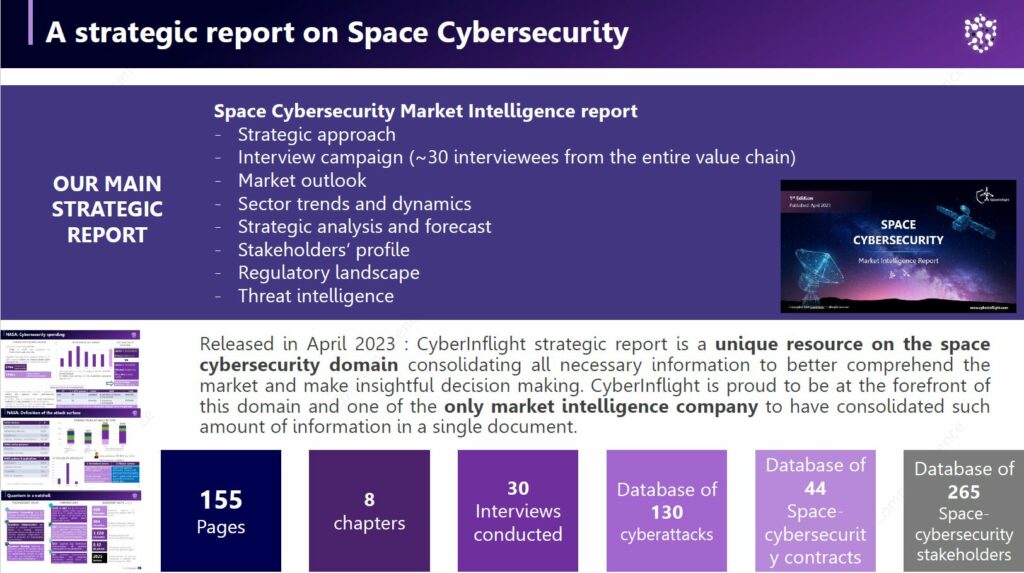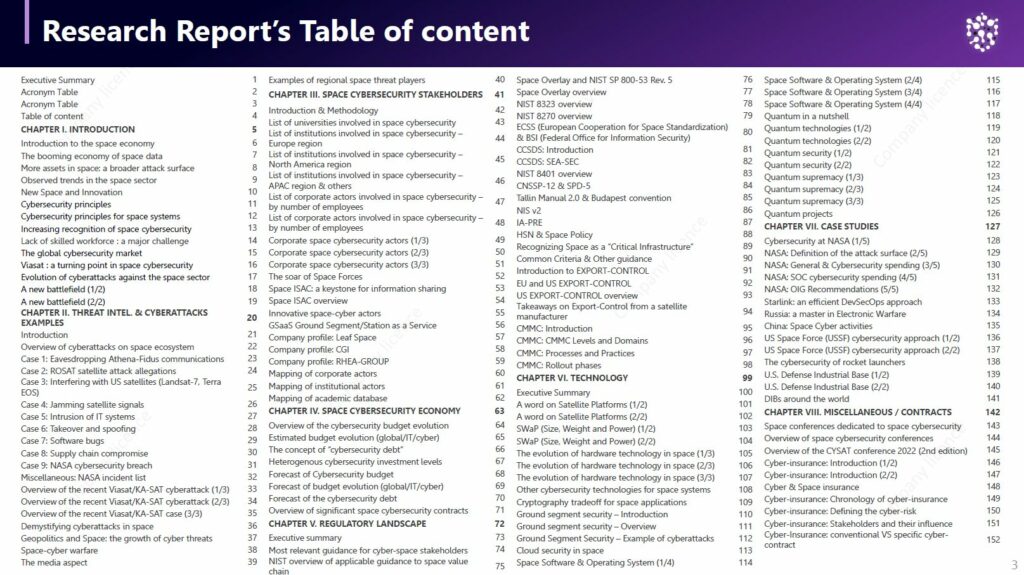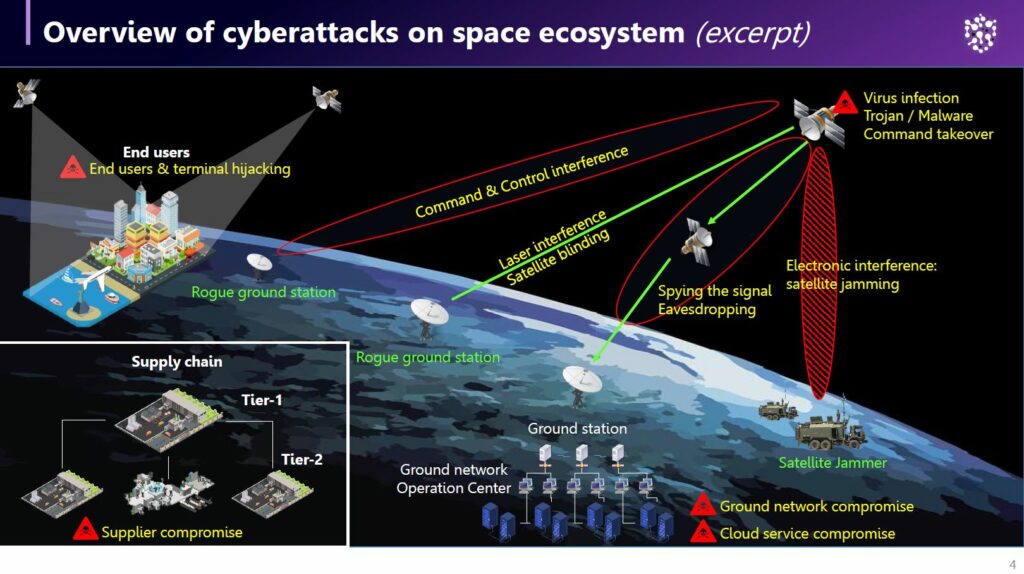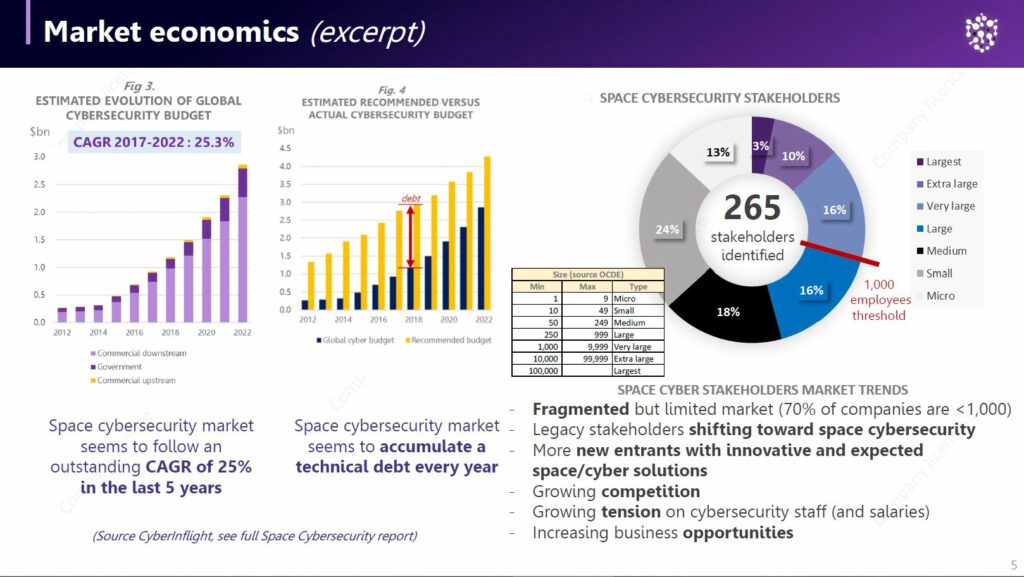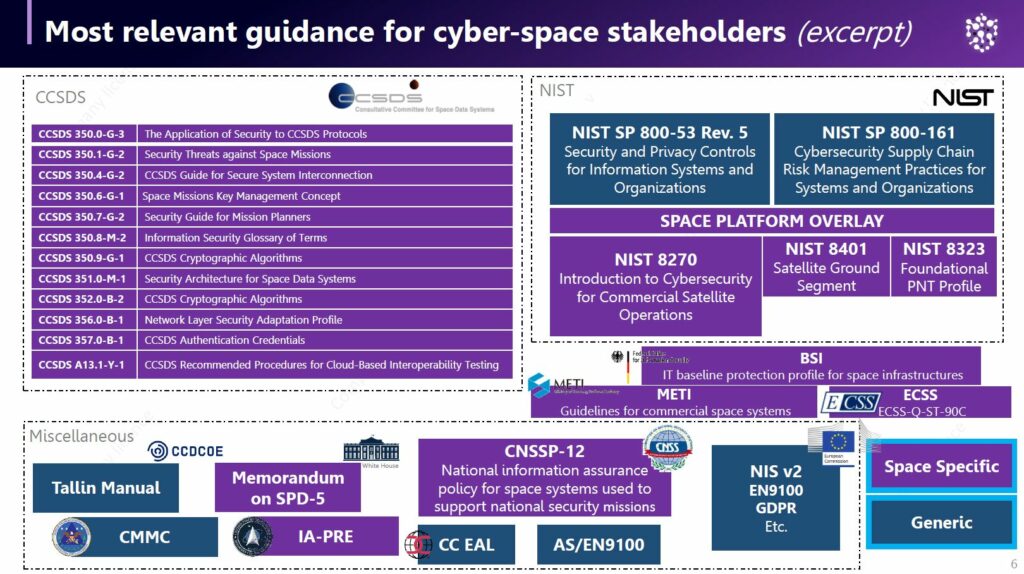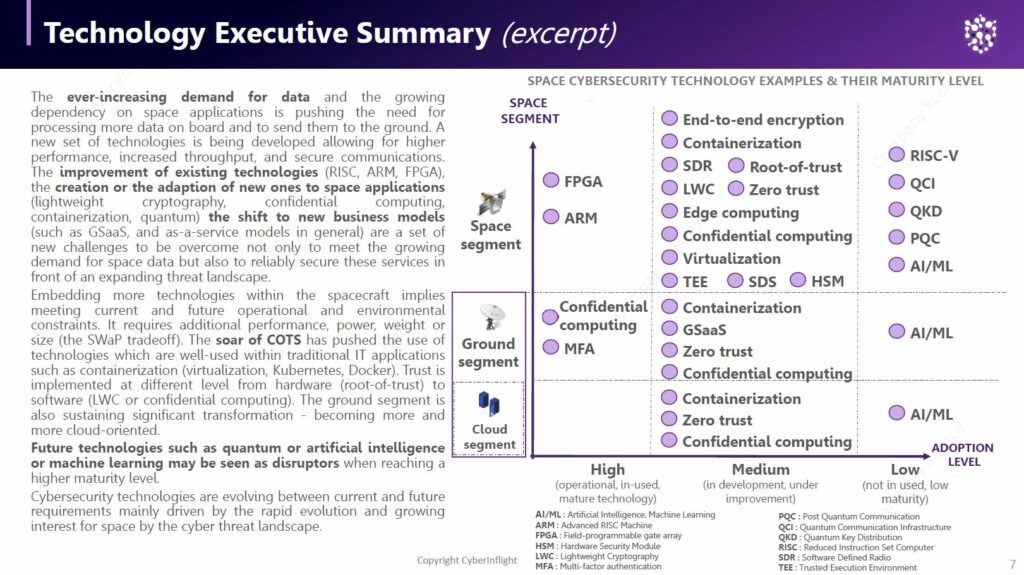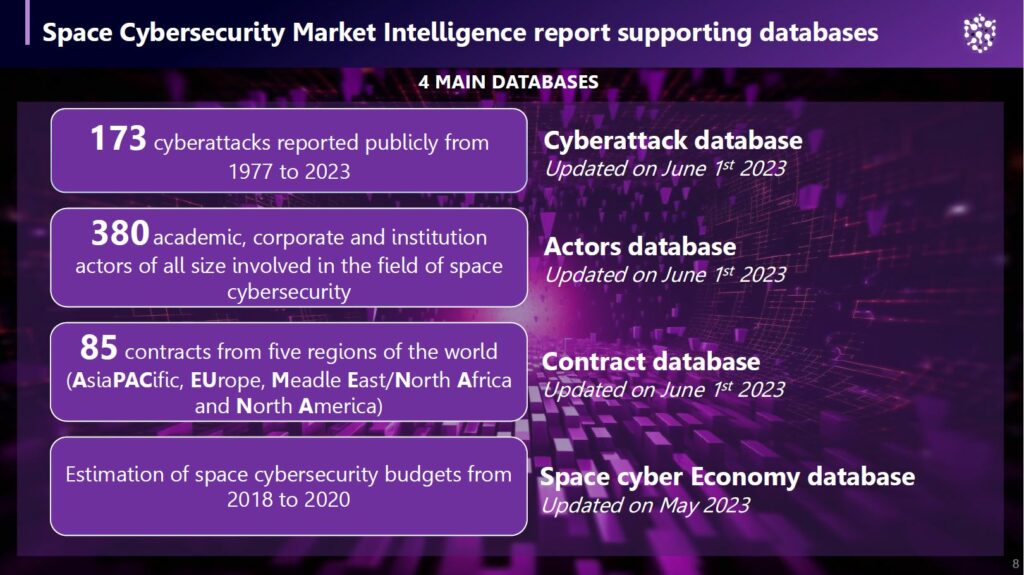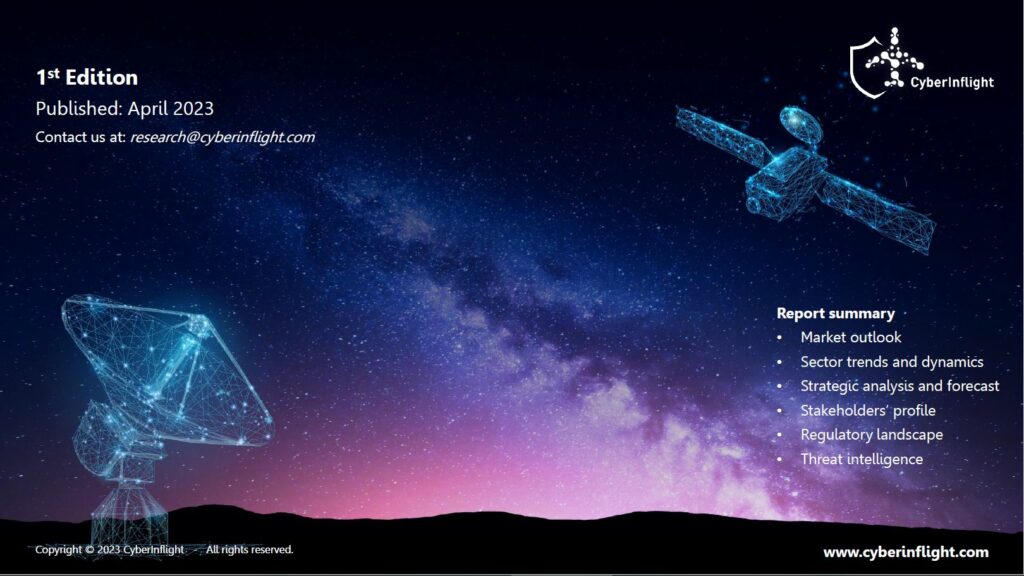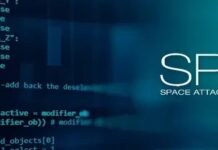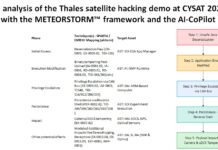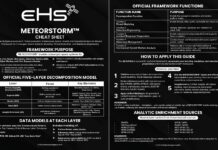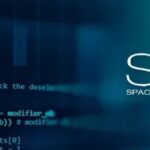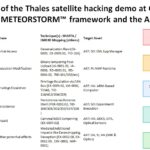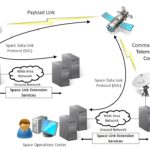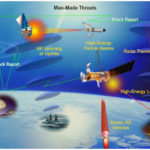CyberInflight and Florent Rizzo shared an excerpt of their last Space Cybersecurity Market Intelligence 2023 Report.
Here is what Florent said in French about this report :
“📢 Les systèmes spatiaux 🚀 constituent l’infrastructure critique de toutes les infrastructures critiques.
2022 a marqué une rupture dans le domaine de la cybersécurité spatiale🛰️, tant au niveau de la croissance des menaces que de l’émergence de nouveaux modes d’actions.
C’est au cœur de ce contexte en rapide évolution que CyberInflight se positionne. Acteur clé de l’intelligence économique dans le domaine de la cybersécurité appliquée à l’aérospatiale, CyberInflight accompagne les acteurs du secteur en leur fournissant les données essentielles à leurs activités que ce soit par de la production d’études d’intelligence économique ou au travers d’activités de conseil et de formation.
Le marché de la cybersécurité spatiale est particulièrement complexe à définir et à délimiter. CyberInflight fournit l’effort de répertorier ces acteurs, de les catégoriser et d’observer leur évolution. De fait, notre « Space Cybersecurity Market Intelligence Report » apporte une approche particulièrement complète sur le marché de la cybersécurité spatiale🛰️. Cette étude de plus de 150 pages se veut exhaustive et analytique en s’appuyant sur un ensemble de base de données.
👉Retrouvez ici la table des matières et l’extrait de notre rapport d’intelligence économique sur le marché de la cybersécurité spatiale ainsi que le teaser des différentes bases de données constituées par CyberInflight.”
👉En cas de question ou de demande d’information, n’hésitez pas à contacter à l’adresse suivante : research@cyberinflight.com“
Find below the executive summary of the report
“The ever-increasing demand for data and the growing dependency on space applications is pushing the need for processing more data on board and to send them to the ground. A new set of technologies is being developed allowing for higher performance, increased throughput and secure communications.
The improvement of existing technologies (RISC, ARM, FPGA), the creation or the adaption of new ones to space applications (lightweight cryptography, confidential computing,
containerization, quantum) the shift to new business models (such as GSaaS, and as-a-service models in general) are a set of new challenges to be overcome not only to meet the growing demand for space data but also to reliably secure these services in front of an expanding threat landscape.
Embedding more technologies within the spacecraft implies meeting current and future operational and environmental constraints. It requires additional performance, power, weight or size (the SWaP tradeoff).
The soar of COTS has pushed the use of technologies which are well-used within traditional IT applications such as containerization (virtualization, Kubernetes, Docker). Trust is implemented at different level from hardware (root-of-trust) to software (LWC or confidential computing). The ground segment is also sustaining significant transformation – becoming more and more cloud-oriented. Future technologies such as quantum or artificial intelligence or machine learning may be seen as disruptors when reaching a higher maturity level.
Cybersecurity technologies are evolving between current and future requirements mainly driven by the rapid evolution and growing interest for space by the cyberthreat landscape.”
Find below the excerpt of the last Space Cybersecurity Market Intelligence 2023 Report edited by Cyberinflight
This full excerpt of the report can be downloaded here

